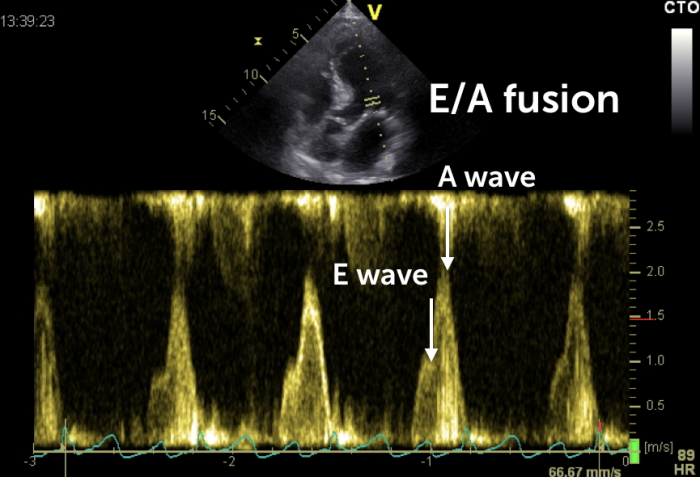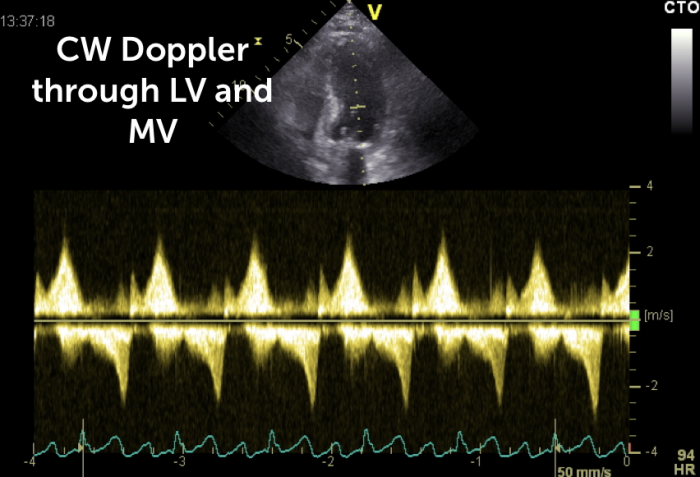Echo Jeopardy
2019 EuroEcho in Vienna
The annual EuroEcho conference is just around the corner (4-7 December 2019). It is always a fantastic meeting, and I am looking forward, especially since it takes place in my hometown Vienna. One of the sessions I am looking forward to is the traditional Echo Jeopardy quiz contest.
I had the opportunity to participate in Echo Jeopardy and similar events several times during conferences all around the world, and I must say it is not only fun but also a great learning experience.

Game Strategy
But such “quiz shows” are certainly also a challenge. It is not only about recognizing pathologies but also a matter of tactics and risk-taking. Pressing the buzzer to early before the final images are displayed can put your team behind quickly. Waiting too long and the other teams get the chance to score.
What you need is: “pattern recognition” the skill of “putting the pieces of information together” and obviously luck.
There is no way you can prepare beforehand, and some of the cases are quite challenging.
Part of the tasks of the team is to prepare quiz examples for the opponents, and I am already on the lookout for cases that serve a teaching point but are still difficult enough.
Would you win?
While preparing for the filming of our Cardiac Filling MasterClass, I came across a few cases that would serve well for such a contest, and I thought you might be interested in testing your skills as a contestant. So are you ready? Are you good at pattern recognition? Here is an example (try to come up with the correct answer before you look at all the images).
A patient with dyspnea
So here is your question: The best treatment for this patient with dyspnea is...


Did you succeed?
The correct answer is “what is fluids”. The images show a patient on high dose diuretics with hypovolemia. Typically you will find tachycardia (often with a fusion of the E and A wave) with an impaired relaxation pattern (image 1). LVF is hyperdynamic, and therefore, you will frequently see LV flow acceleration (image 2). The spectrum looks similar to what you see in LVOT obstruction. Only that the peak is late, and the maximal velocities are not as high. Image 3 displays this flow acceleration with color Doppler. The four-chamber view (image 4) shows a small hyperdynamic ventricle, both signs of hypovolemia. Another typical feature of hypovolemia is the small collapsed inferior vena cava (image 5) with flow acceleration (image 6)
We often fail to
If you got it incorrect – don’t worry even we as contestants fail on questions. Let us not take these quiz shows to serious. After all, in real-world echocardiography, it is not about guessing or winning. It is about taking your time and collecting more information than what is presented during the Jeopardy contest.
Best Thomas, Martin and the 123sonography team





